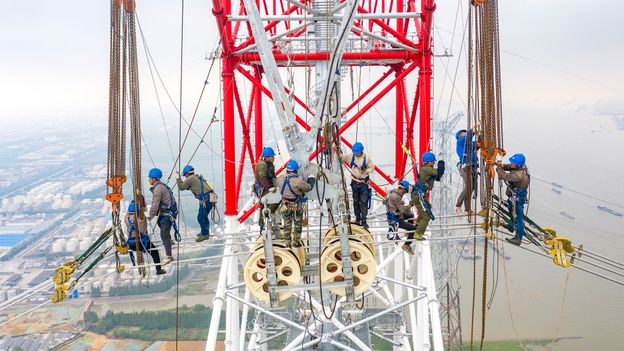- cross-posted to:
- world@lemmy.world
- cross-posted to:
- world@lemmy.world
cross-posted from: https://lemmy.world/post/22088619
Summary
China leads the world in ultra-high-voltage (UHV) power transmission, with 48,000km of UHV lines connecting remote renewable energy sources, like wind, solar, and hydropower, to urban centers.
UHV lines minimize energy loss over long distances, earning them the nickname “bullet trains for power.”
Initially designed for coal and hydro, these lines now support China’s renewable energy expansion.
However, challenges remain, including high costs, dependence on coal for stability, and limited local integration.
Globally, countries like Brazil and India are adopting UHV, but regulatory and cost barriers hinder broader deployment, especially in the U.S.
The numbers for what is considered UHV:
Different countries have different thresholds for what is considered a UHV line. China defines those sending direct currents (DC) at voltage levels of 800 kilovolts (kV) or above and alternating currents (AC) at 1,000 kV or above as UHV links.
Always exciting to see new electrical infrastructure.


